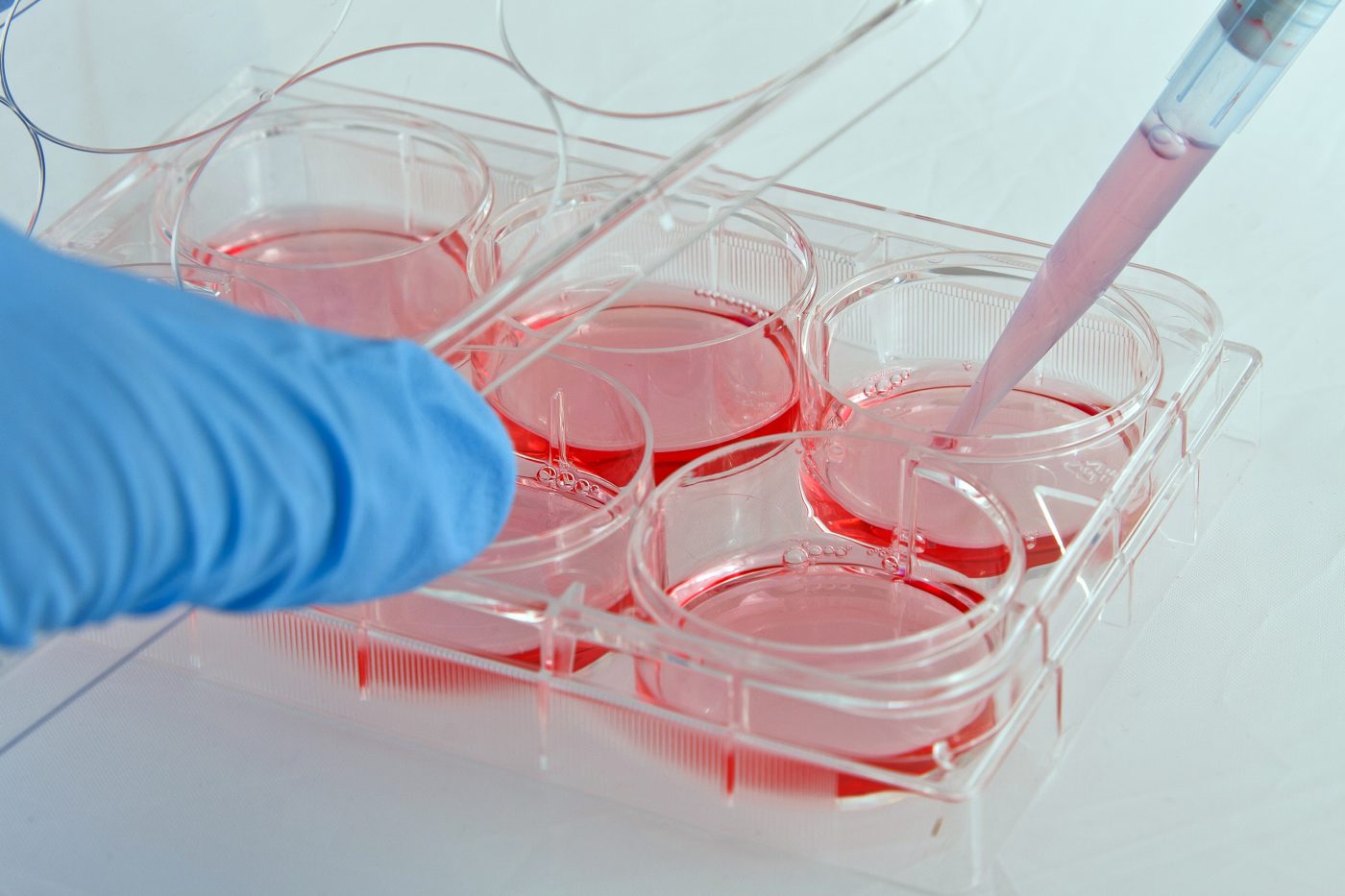Muscular Dystrophy Therapy May Reside in Patient’s Own Cells

Muscular dystrophies (MDs) cause progressive weakness of muscles in young boys. Although treatments alleviate the symptoms and slow down disease progression, there is no cure for MDs. Research in regenerative medicine may offer novel therapies to restore muscle function in MDs patients as shown by scientists at KU Leuven University in Belgium, who were able to repair skeletal muscle in a mouse model by injecting differentiated induced pluripotent stem cells (iPSC). The study entitled “Mesodermal iPSC–derived progenitor cells functionally regenerate cardiac and skeletal muscle” was published in the journal Clinical Investigation.
MDs mainly affect skeletal muscles due to mutations in genes required for normal muscle function, and in some cases cardiac muscle is also affected. The research team developed a protocol to promote iPSCs, i.e. pluripotent stem cells that can be generated directly from adult cells, to differentiate towards cardiac or skeletal muscle. They discovered that the source of iPSCs affected their differentiation as a consequence of alterations in their genome (known as epigenetic) which are specific for each tissue.
“Several reports in recent years have shown that some tissue-specific epigenetic biases are maintained in reprogrammed cells, thus leading to the so-called epigenetic memory in iPSCs,” the authors explained in their report. Researchers identified a pool of mesodermal iPSC-derived progenitors (MiPs) with myogenic propensity and a higher commitment towards muscle lineages. When injected in a mouse model of dystrophy (dystrophic mice), MiPs engrafted and repaired both skeletal and cardiac muscle, partially recovering muscle function. Similarly, engraftment into these mice of canine MiPs from dogs that had undergone a genome correction of the MD-associated mutation also resulted in functional striatal muscle regeneration. Moreover, human MiPs exhibited the same capacity for differentiation into muscles cells as observed in murine and canine MiPs.
The different animal models used in this study suggest that patient’s own MiPs (autologous) may hold potential clinical applications in the therapy of MDs. “Finally, the successful combination of MD mutation correction and in vivo regeneration of striatal muscle in immunodeficient dystrophic mice paves the way for further exploration of MiP-based approaches for putative autologous treatments,” the authors concluded.






